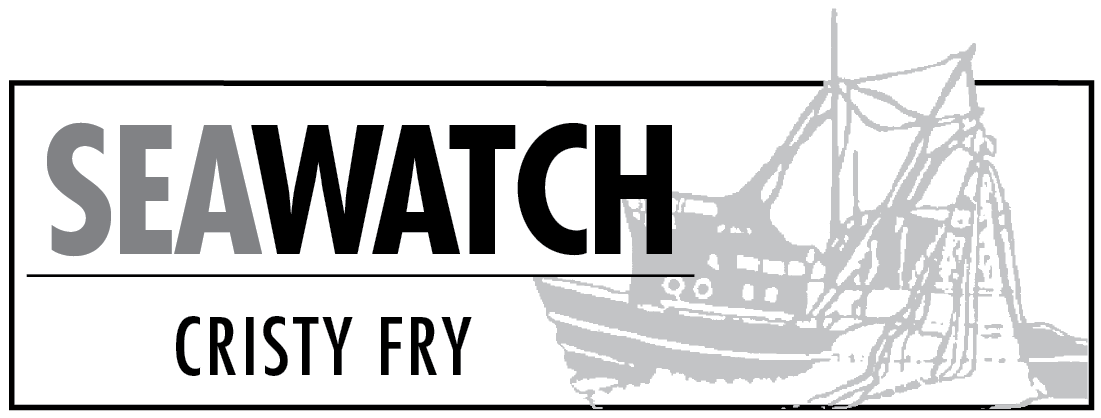A recent study published in the journal “Fish and Fisheries” by anthropologist and archeologist Dr. Herbert Maschner sheds a more historical and prehistorical light on Steller sea lion populations in Western Alaska, and the effects of human interaction.
In 1997, National Marine Fisheries Service listed the western population of Steller sea lions as endangered after the population went from a high of 250,000 in 1977 to less than 100,000.
Assuming the culprit was overfishing, federal authorities abruptly halted fishing near sea lion habitats in the Gulf of Alaska, Bering Sea and Aleutian Islands, a strategy that has proven controversial and costly.
It also was baffling to the indigenous peoples of the region and to fishermen, who questioned how overfishing could be the culprit when the fleet was catching more cod and pollock than ever before in history.
In the new study, Maschner and colleagues provide a thorough historical context for the current Steller sea lion decline, offering critical insights into five of the leading scientific explanations behind its cause: fisheries competition, environmental change, predation by killer whales, anthropogenic effects, and disease.
One main challenge in the battle over sea lions has been knowing what historical numbers were. There were no baseline numbers to work from, and no one knew if that 1977 population was an anomaly.
In the study, Maschner presents anthropological and archaeological evidence that Steller sea lion numbers have repeatedly declined and recovered over the past 4,500 years. He says that historical observations by locals, explorers, and others since the late 1800s have consistently associated low Steller sea lion populations with high populations of Pacific cod and walleye pollock. He finds a correlation between warm ocean temperatures and low sea lion numbers.
The study can be fascinating reading. In one table, he documents a period of an explosion of Pacific cod populations from 1870-77, and the subsequent influx of Scandinavian fishing boats, as well as the crash of sea lions.
That particular period saw so few sea lions that the government ended up shipping in skins from California sea lions so that kayak construction could continue and prevent widespread starvation.
The same table shows that in 1942, the last cod was caught in King Cove until the 1960s, and that sea lion populations increased, although the Navy was using rookeries for target practice.
Find it at www.marinemammal.org/2014/11/history-steller-sea-lion-decline/ at the bottom of the page.
Cristy Fry can be reached at realist468@gmail.com.


